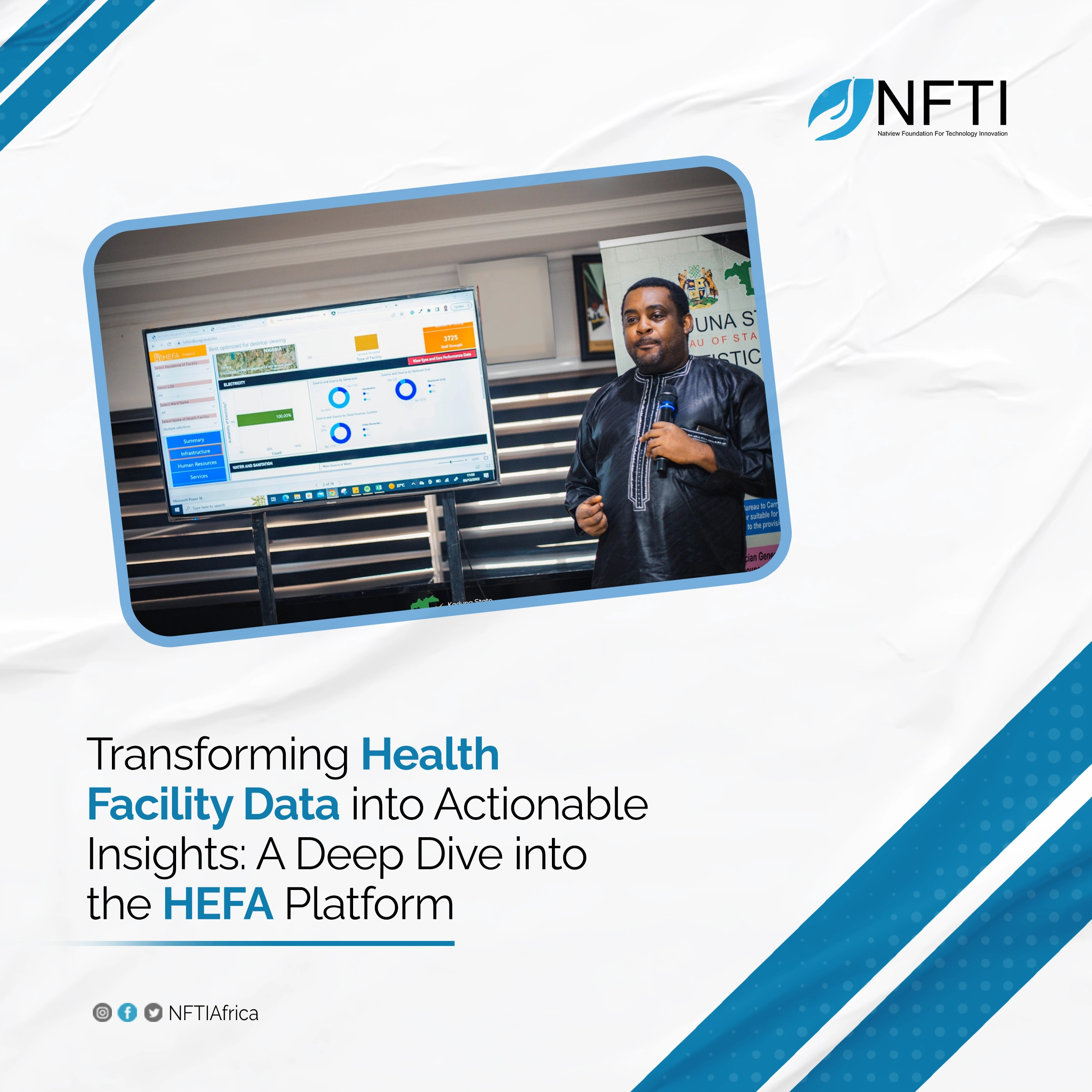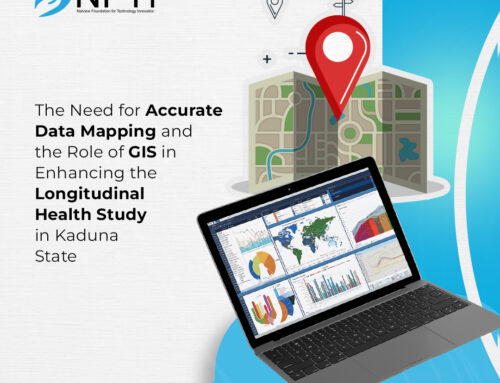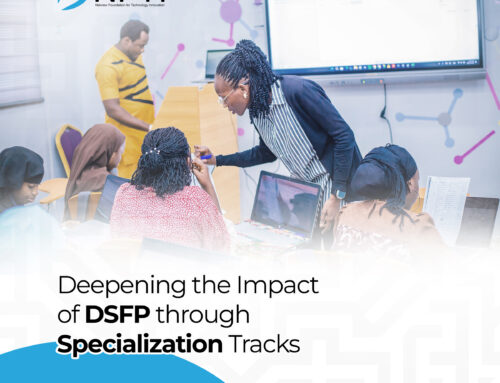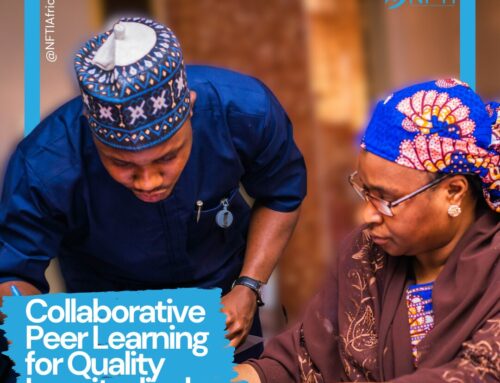Since the inception of the Data Lab Project, Kaduna State has made great strides in improving access to quality healthcare for its citizens. This has been made possible with the help of the Bill & Melinda Gates Foundation, the Kaduna State Bureau of Statistics, and other implementation partners who have worked relentlessly to strengthen the state’s data management capabilities. The Kaduna State Bureau of Statistics conducted the Kaduna State Health Facility Census in 2018 with support from the Bill and Melinda Gates Foundation in collaboration with the Centre for Research, Evaluation, and Resource Development (CRERD) to gain a clearer understanding of the state of health facilities and access to healthcare services in Kaduna State and to ensure effective planning and service delivery. To accurately ensure that this objective was met, it was imperative to develop a comprehensive database of all health facilities, including public and private hospitals, primary, secondary, and tertiary health care centers, health posts, pharmacies, chemists, patent medicines, and diagnostic centers, across the twenty-three local government areas of Kaduna State. The data collected from this census is being used to inform policy engagement and implementation as well as to develop better analytics, planning, and performance measurement resources.
Download the report here.
The NFTI-developed health facility analytics dashboard has the ability to clean, analyze, and transform the health facility datasets into a representation that is best suited for policy analysis and decision-making. This means that the data is presented in a way that is easy to understand and use, allowing policymakers to make informed decisions based on the data. Based on the KDBS 2018 health facility census survey, HEFA also offers a directory of health facilities. This directory allows users to search for health facilities across various criteria, such as location, services provided, and the number of beds. This is particularly useful for patients who are looking for healthcare services in their area and need to know which facilities are available.
In addition to the directory, HEFA provides data analysis and interpretation through representation on a health facility dashboard that can be toggled across several data points. This means that users can view data on a range of indicators, such as the number of patients seen, the number of staff employed, and the types of services provided. This information can be used to identify gaps in service provision and to develop strategies to address them. The HEFA platform also provides spatial representations of health facilities on a geographical map, detailing meta-data from the KDBS health facility census. This allows policymakers to identify areas where there are gaps in service provision and to target resources to those areas.
There are several use cases for the health facility interactive dashboard. Policymakers in the state government have used the data to develop targeted interventions to improve access to primary healthcare services in underserved areas across the 23 local government areas. They also use the data to monitor the performance of health facilities and identify areas where improvements are needed. Healthcare providers can use the HEFA platform to improve the quality of care they provide. For example, they can use the data to identify areas where they need to invest in new equipment or hire additional staff. They can also use the data to track patient outcomes and identify areas where improvements are needed. Patients can also benefit from the data provided by HEFA. They can use the directory to find healthcare services in their area and identify which facilities provide the services they need.
In summary, here are some use cases for the Health Facility Analytics Interactive Dashboard:
- Resource Allocation: The data provided by HEFA can be used to identify areas in Kaduna State where there is a shortage of healthcare resources, such as doctors, nurses, and medical equipment. This information can be used to allocate resources more effectively, ensuring that healthcare services are delivered where they are needed most.
- Emergency Response: During a public health emergency, such as a disease outbreak or a natural disaster, it is important to have accurate data on the location and capacity of health facilities. HEFA can be used to provide this information, enabling emergency responders to mobilize resources quickly and respond to the crisis.
- Health Promotion: HEFA can also be used to promote healthy behaviors and lifestyles. For example, the data provided by HEFA can be used to identify areas where there is a high incidence of certain diseases or health conditions, such as the maternal mortality rate or malaria. This information can be used to develop targeted health promotion campaigns and interventions to reduce the prevalence of these conditions.
- Health Research: Health research can also make use of the data that HEFA provides. Researchers can use the data to study patterns of disease incidence and prevalence as well as identify factors that contribute to the spread of disease. This information can be used to develop more effective strategies for disease prevention and control.
- Performance Monitoring: HEFA can be used to monitor the performance of health facilities over time. This information can be used to identify areas where improvements are needed, such as patient outcomes, staff productivity, or resource utilization. By monitoring performance, health facilities can ensure that they are delivering high-quality care and using resources efficiently.
- Health Policy Development: HEFA is currently being used to inform the development of health policies at the Kaduna state and local government levels as it provides policymakers with data on the state of healthcare services. HEFA is used to promote effective, evidence-based health policies that address the health needs of the Kaduna State population.
The 2018 Health Facility Analytics Platform is a powerful tool for improving access to healthcare services and promoting better health outcomes. The Kaduna State Data Lab will continue to integrate different data sources, such as the Integrated Supportive Supervision, the 2020 Kaduna State General Household Survey, and others, to provide more holistic analytics on the state of healthcare in Kaduna, as it will continue to serve policymakers, healthcare providers, researchers, and even the general public with easy-to-use data. Anyone can use the platform; it is very user-friendly. Head over to https://hefa.kdbs.ng/ to learn more.





